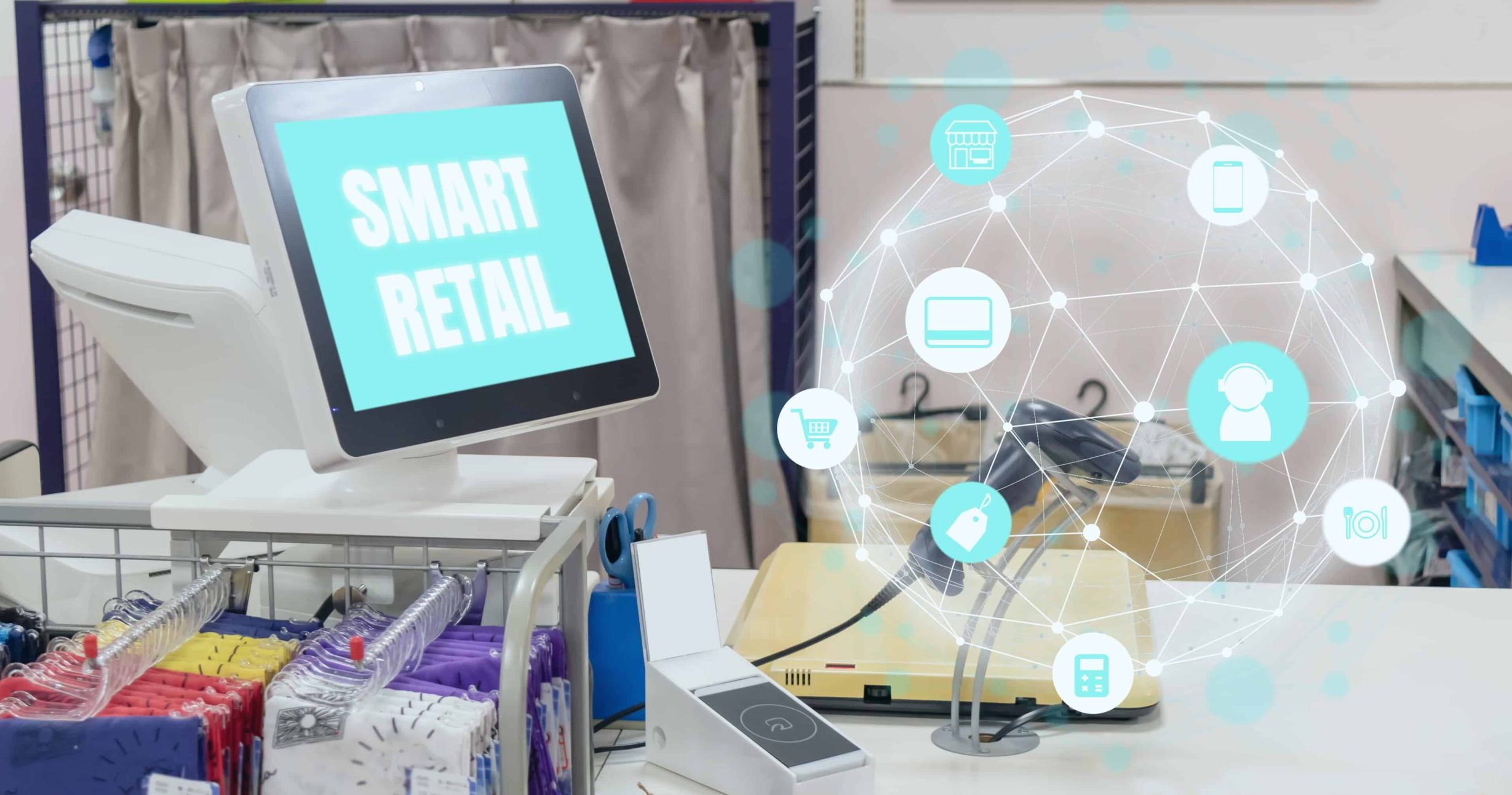Blockchain in Retail Market Trends And Forecast 2025–2032

One of the most significant changes in technology in the history of the retail business is happening right now. As we get closer to 2025, blockchain technology is becoming a key engine of innovation. Especially when it comes to changing how we think about transparency, supply chain management, and customer trust. From 2025 to 2032, the industry prognosis shows a faster adoption curve. Retailers are using distributed ledger technology (DLT) more and more to make sure things are real. Make logistics easier, and fight fraud. Blockchain is changing the way value and trust are built and kept in consumer ecosystems. High-end fashion to grocery supply chains.
Market Dynamics: What Makes Blockchain Integration?
Several elements are coming together to make blockchain more popular in retail. Retailers need to rethink how they do business because people want to be able to trace products better, are more worried about fake goods, and want more from supply chain responsibility. Consumer behaviour has changed quickly, especially since the COVID-19 pandemic, when being open and honest about where products come from became an essential factor in making a purchase. Blockchain makes records that can’t be changed, which lets businesses check where products came from, if they follow labor rules, and if they meet environmental criteria.
Governments in the European Union, the United States, and the Asia-Pacific are all calling for greater digital governance and consumer data protection. Blockchain Group Adds is a way to meet these rules that is both decentralised and verifiable. The EU’s Digital Product Passport for circular economy reporting is an example of how blockchain’s main benefits—immutability, transparency, and decentralisation—can be used in real life.
Forecast Outlook: Growth Path from 2025 to 2032
According to statistics from Grand View Research and MarketsandMarkets, the global blockchain in retail market is expected to develop at a compound annual growth rate (CAGR) of more than 40% between 2025 and 2032. By 2032, the market value could be more than $20 billion, thanks to more money being put into blockchain infrastructure, especially solutions for improving customer experience and logistics in retail.

Walmart, Carrefour, and Alibaba are some of the biggest international merchants that are already using blockchain trials to keep track of perishable goods and verify high-value commodities. Walmart’s partnership with IBM’s Food Trust Blockchain is a good example of how to track food items in real time across the supply chain. This not only cuts down on waste but also makes things safer by allowing quick recall measures.
Key Use Cases: More than Just Seeing the Supply Chain
Supply chain transparency is still a key use of blockchain, but new uses are popping up in retail. Blockchain is becoming an important part of loyalty programs. Returns based on smart contracts and managing digital identities for those who shop online. Retailers may offer more flexible and interoperable rewards. That customers can use on any platform by using tokenised reward systems on blockchain.
Blockchain is also becoming more important in virtual stores because of the growth of the metaverse and Web3 commerce. Brands are trying out NFT-based digital twins, which let customers prove that they own both real and virtual items. Blockchain’s trust architecture is very important to this dual-layered commerce ecosystem since it makes sure that everything is real and that transactions are clear in both areas.
Regional Analysis: Patterns of Global Adoption
Different parts of the world are adopting blockchain in retail at different rates. North America is still ahead because of its advanced technology and assistance from regulators. The presence of blockchain pioneers like IBM Blockchain, Consensys, and Hyperledger is helping businesses use the technology more. In Europe, rules around data sovereignty and sustainability are big reasons why people use these technologies. Blockchain-based retail frameworks are supported by things like GS1’s EPCIS 2.0 standard for tracking products.
At the same time, Asia-Pacific is set to become. The fastest-growing areas are China, India, and Singapore, all of which have consumer markets. Those are ahead of the curve in digital technology. Blockchain adoption efforts led by the government. Like China’s BSN (Blockchain Service Network) and Singapore’s Project Ubin, are giving retailers the national infrastructure they need to use decentralised applications.
Trends and Strategies for the Future
In the future, the combination of blockchain with other new technologies like AI, IoT. Blockchain Platforms, 5G will be crucial for changing the way people shop. AI-powered analytics can work with blockchain data to make decisions in real time, and IoT devices can automatically add data to decentralised ledgers, which makes the data more accurate and up-to-date.
Retailers will probably go from pilot projects to full-scale production installations. There will be cross-chain retail partnerships, open data marketplaces that use blockchain. Decentralised retail platforms that compete with existing marketplaces. The more standardised innovative contract frameworks and decentralised identification protocols become. The less friction there is when onboarding new users, the lower the operational risk will be.
